LCS Laboratory Inc. provides precise testing for soot contamination on surfaces, ideal for assessing fire damage. Our soot analysis identifies the presence and concentration of soot on specific surfaces, giving property owners, insurers, and restoration professionals the data they need to gauge initial contamination levels and verify cleanup effectiveness.
Understanding Soot Formation and Contamination
Soot is a byproduct of fuel-rich flames where oxygen supply is limited, such as in a house fire. Formed at high temperatures, soot particles are incredibly fine (under 15 microns) and can travel long distances, settling on surfaces like floors, furniture, and walls. While soot is highly adhesive to porous surfaces—such as paint, wood, and concrete—it is nearly impossible to extract from these materials using standard wiping methods. Therefore, our method is designed for non-porous surfaces like glass, stainless steel, or glazed ceramic. Recommended sampling surfaces include mirrors, glass windows, stainless steel kitchenware, fridges, sinks, and other smooth, non-porous areas.
Soot Sample Collection Guidelines
For optimal accuracy, please follow these collection instructions:
- Use Alcohol Pads: Collect samples using alcohol wipes, available from your local pharmacies.
- Template the Sample Area: Wipe a defined area, ideally using a 4” by 4” or 1’ by 1’ template, to make the results quantitative.
- Choose Non-Porous Surfaces Only: Avoid collecting samples from painted or naturally dusty surfaces, as these often contain particles that mimic soot and can lead to inaccurate readings.
After collection, place each wipe sample in a labelled, individual Ziplock bag, and ship the samples along with a completed request form detailing the test requirements.
Analytical Method and Reporting
LCS Laboratory developed a new method for the detection of soot on surfaces. The samples undergo extraction into a water-based solution where soot particles are separated from common dust and other particulate matter. The solution is then analyzed using UV-VIS spectroscopy for accurate soot concentration. Our results are reported in micrograms (μg) per sample, with a sensitivity threshold of 10 μg/sample.
Environmental soot from common sources like candles, wood stoves, or diesel engines may naturally be present on-site. To establish a reliable baseline, we recommend collecting samples from unaffected areas within the same property for pre-fire soot levels. Additionally, submitting a blank wipe sample ensures quality control.
Benefits and Applications of Soot Testing
Soot contamination testing supports several key applications:
- Initial Contamination Assessment: Confirms soot levels immediately following a fire, supporting claims, damage assessment, and remediation planning.
- Remediation Verification: Allows for repeat testing post-cleanup to evaluate the success of the remediation.
- Accurate Data for Health and Safety Compliance: Assists in providing a clean and safe environment for re-occupancy.
Understanding Interference from Common Dust Types
Although minor, common dust may slightly interfere with soot analysis. Our studies show typical soot readings from various dust types as follows:
- Carpet dust: 14 μg/1000 μg of dust
- Wood dust: 21 μg/1000 μg of dust
- Burnt wood and paper ash: 31 μg/1000 μg of dust
- Cement dust: 16 μg/1000 μg of dust
These interference levels are typically low and do not affect the test’s reliability.
For more information on soot testing, or to discuss your project needs, please email us. Since we offer a number of different tests for fire investigation, please quote “Fire Debris Test: Soot Contamination on Surfaces. Wipe Analysis by SOP L037.” Contact us today to discuss your project and learn how our new service can assist you. LCS Laboratory is here to provide accurate, standards-compliant testing that supports fire remediation and safety efforts with confidence.

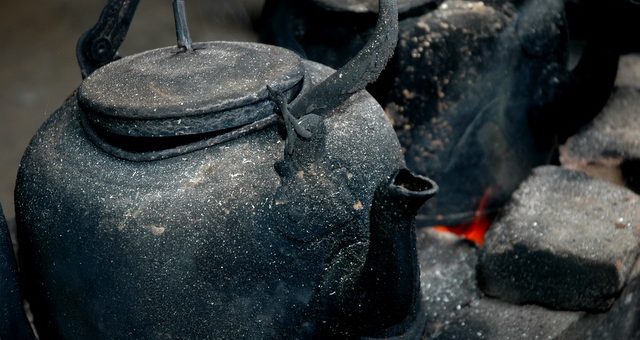
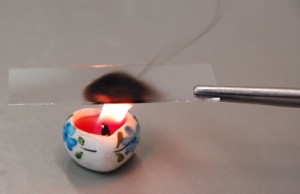

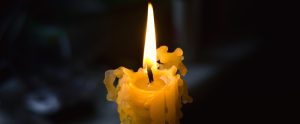

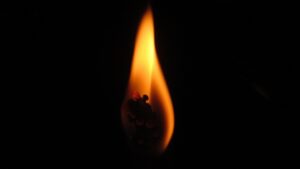
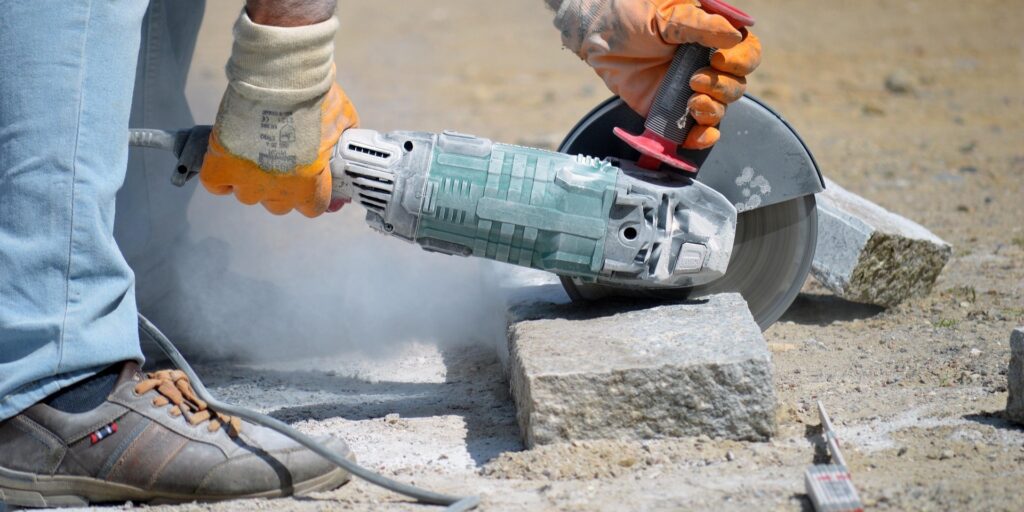
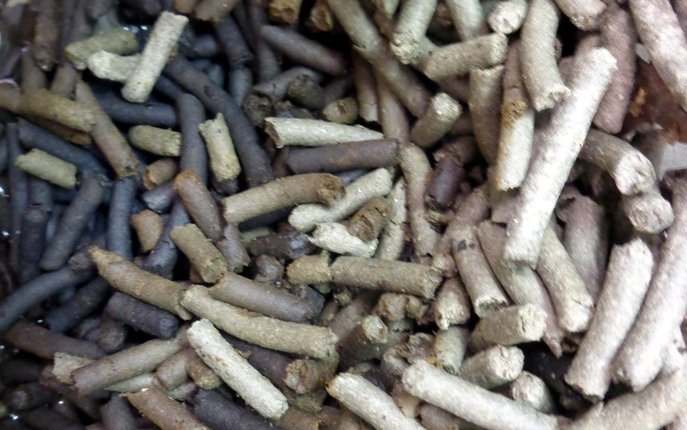

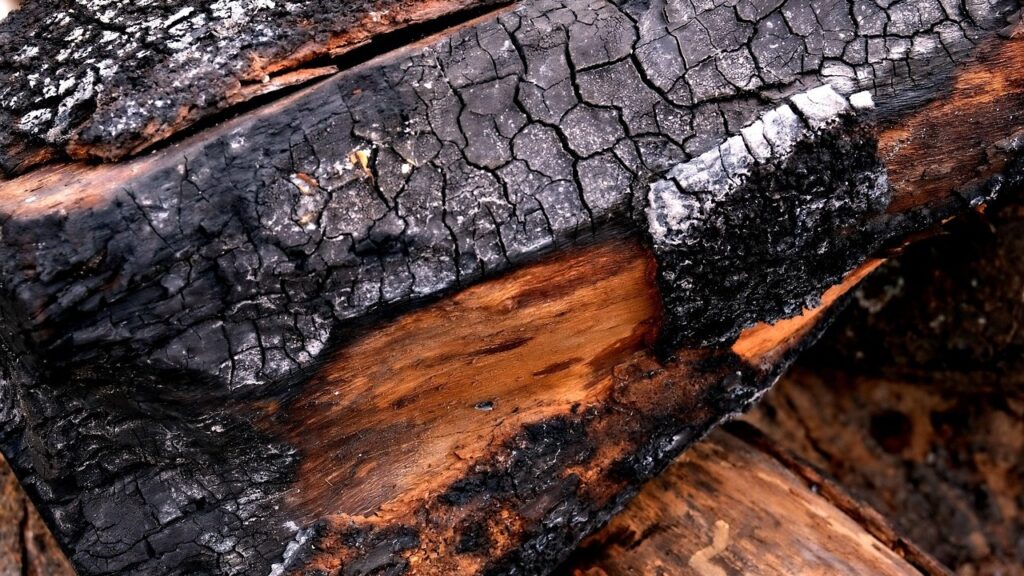
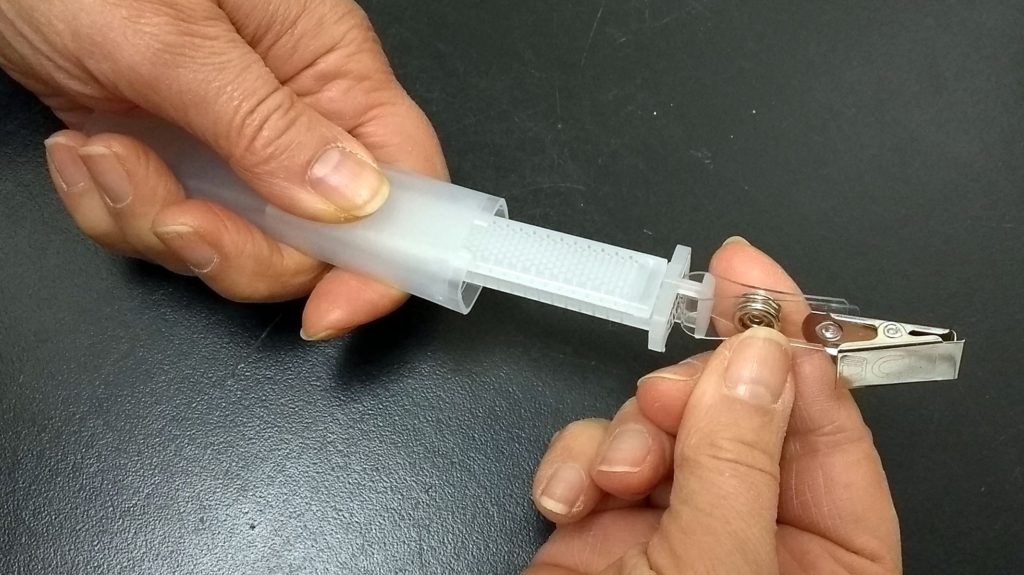
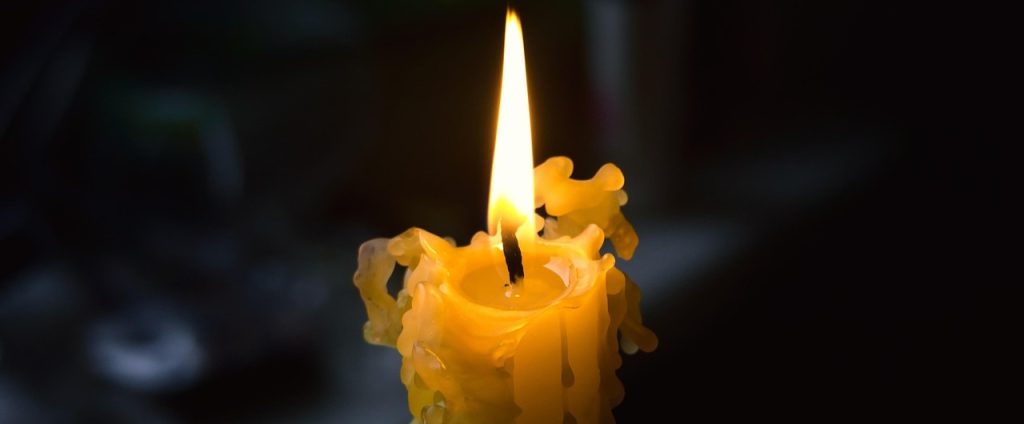
3 Responses
I have a sample on a cotton wool pad. Can you use this? and how much do you charge else.
https://lcslaboratory.com/downloads/pricelist/
Hello, as in 2020, the price is $100CAD for 1 sample or $50/sample for 2 and more samples.
Please make sure not to use wipes, cotton, or Kleenex manufactured for cosmetic purposes. They are treated with oils, antibiotics, and anifungal additives. Results look terrible.
Simple “alcohol pads” are the best. Please do not take the samples from painted surfaces. You will capture some paint on the swab and results will be heavily biased.
Thank you. LCS Laboratory